The construction industry relies on various types of contractors to complete projects of all sizes and complexities. From large commercial builds to residential remodels, contractors provide the skilled labor and project management to bring architectural plans to life.
Post your Requirement
The most common types of contractors found on construction projects fall into these 10 categories:
| Type of Contractor | Description |
| Building Contractors | Manage and oversee the construction of buildings. |
| Carpentry Contractors | Specialize in woodwork, including framing and finishing. |
| Centring/Shuttering Contractors | Focus on formwork and scaffolding for concrete structures. |
| Civil Contractors | Undertake various civil engineering works. |
| Cladding Contractors | Install exterior cladding materials for buildings. |
| Commercial Construction Companies | Engage in large-scale commercial building projects. |
| Electrical Contractors | Handle electrical installations and wiring. |
| EPC Contractors | Provide Engineering, Procurement, and Construction services. |
| False Ceiling Workers |
Install suspended ceilings typically for aesthetics or acoustics. |
| Fire Fighting/Fire Safety Contractors |
Install fire protection systems and equipment. |
1. Building Contractors
General building contractors manage entire construction projects from start to finish. Their responsibilities include working with architects and engineers to understand project plans, securing necessary permits, hiring and overseeing subcontractors, scheduling project timelines, procuring materials, and adhering to local building codes and regulations. Building contractors have experience constructing various residential, commercial, and industrial buildings.
2. Carpentry Contractors
Carpentry contractors specialize in woodworking projects like installing floors, walls, roof systems, doors, and windows. They are hired to build the structural frames for buildings and complete finish work inside them. Most carpentry contractors have background in rough carpentry, finish carpentry, or a mix of both. Some carpenters develop niche specializations in areas like doors, stairs, trim, cabinetry, and wooden home additions.
3. Centring/Shuttering Contractors
Centring contractors provide the temporary structures used to support concrete as it hardens into foundations, walls, supports, and other critical building components. This formwork must hold significant weight while maintaining proper shape and dimensions. Once concrete fully cures, centring is removed and often repurposed at other jobsites. Knowledgeable centring contractors also install reinforcement materials like steel rebar into forms prior to a concrete pour.
4. Civil Contractors
Civil contractors build non-habitable structures like highways, roads, bridges, airports, dams, and utility infrastructure. Their work focuses on land clearing/preparation, heavy equipment operation, excavation, drainage system installation, grading, paving, and traffic control setup. Many civil contractors specialize in sub-areas like highways, marine construction, underground utilities, or some combination thereof. Site safety and access, permitting/compliance, and environmental impact also fall under their project management role.
5. Cladding Contractors
Cladding contractors affix exterior building surfaces with materials other than concrete like glass, metal panels, natural stone, vinyl, stucco, composite materials, and specialty finishes. Quality cladding protects occupants from weather and unwanted energy transfer while enhancing aesthetic appeal. Cladding often requires custom fabrication and specialized equipment to maneuver into place, especially at great heights. Fire resistance, building movement allowances, insulation, moisture management, and sustainability standards also influence cladding approaches.
6. Commercial Construction Companies
Commercial construction companies focus on building large structures where business operations and commercial activity take place instead of residences. Examples include office buildings, hotels, hospitals, malls/retail stores, restaurants, schools, airports, sports stadiums, warehouses, and manufacturing plants. Leading commercial builders incorporate ecologically friendly building practices into state-of-the-art architectural plans tailored to client functional requirements. Strict planning, permitting, highly skilled tradespeople, and strong project management skills characterize successful commercial construction firms.
7. Electrical Contractors
Electrical contractors install complex wiring and equipment to supply electricity within buildings and outdoor infrastructure. Their work includes assessing project plans, running power feeds, installing components like switches and outlets, providing lighting fixtures and controls, routing communications/data cabling, linking generators and solar arrays to electrical systems, and testing circuits for faults or safety issues. Many jurisdictions require certified master electricians to lead this work and pull legally required permits. Knowledge of the National Electrical Code and local regulations is mandatory.
8. EPC Contractors
EPC (engineering, procurement, construction) contractors offer end-to-end project delivery spanning design work, purchasing equipment/materials, building facilities, and commissioning finished products. EPC firms excel at large, highly technical industrial projects like power plants, chemical processing plants, refineries, mines, smelters, oil rigs, and pulp/paper mills. Effective coordination across engineering disciplines, procurement logistics, multi-phase construction efforts, and activation of integrated plant systems gives clients turnkey facilities capable of meeting operational objectives. Strict budget, safety, environmental, and deadline targets typify EPC contracts.
9. False Ceiling Contractors
False (or suspended) ceiling contractors create frames that hold ceiling finishes below a building’s structural ceiling or roof. This creates a plenum space housing electrical, mechanical, and ventilation equipment out of sight. It also allows adjustable ceiling heights and access to formerly concealed space. False ceilings commonly get built using metal grid frameworks holding lightweight mineral fiber, gypsum, metal, or plastic panels. Specialty ceiling materials like wood, glass, or specialty finishes may also get incorporated per architectural specifications and cost considerations. Proper alignment and clearance for building systems get factored into false ceiling installation.
10. Fire Fighting Contractors
Fire fighting contractors install emergency systems designed to detect, contain, and extinguish building fires. This includes hydraulic and mechanical systems like sprinklers, standpipes, hoses, and extinguishers placed at code-required intervals. They also install and connect fire alarm equipment, smoke/heat detectors, signaling devices, central user interfaces, and remote monitoring links. Fire pumps, tanks, valves, special hazards suppression systems, and emergency backup power systems also fall under fire fighting contractor domains. Stringent testing and independent inspections ensure regulatory bodies certify life-safety systems as fully operational before inhabitants occupy buildings.
Conclusion
Constructing modern buildings and infrastructure demands expertise across multiple trades and disciplines. These 10 types of contractors demonstrate specialized sets of skills and experience used to safely erect structures and integrate critical utilities that serve societal needs. Careful project planning and oversight keeps construction sites productive while protecting workers, the public, and the surrounding environment. Collaboration between associated building professionals and contractors makes construction projects possible while creating safer, sustainable, and more functional buildings.

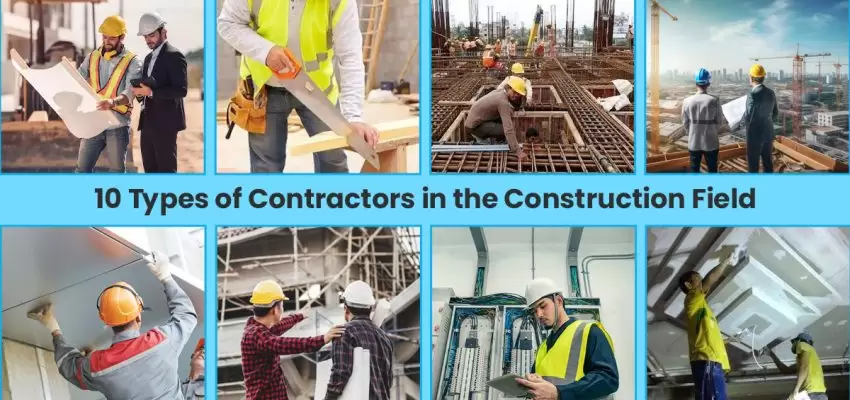
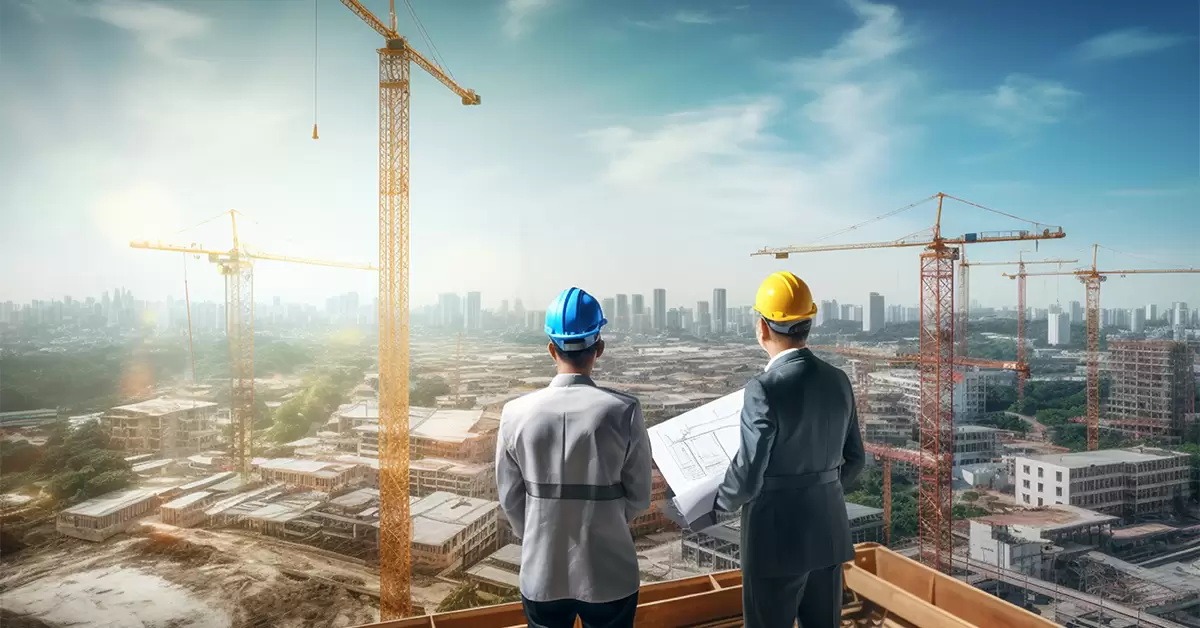


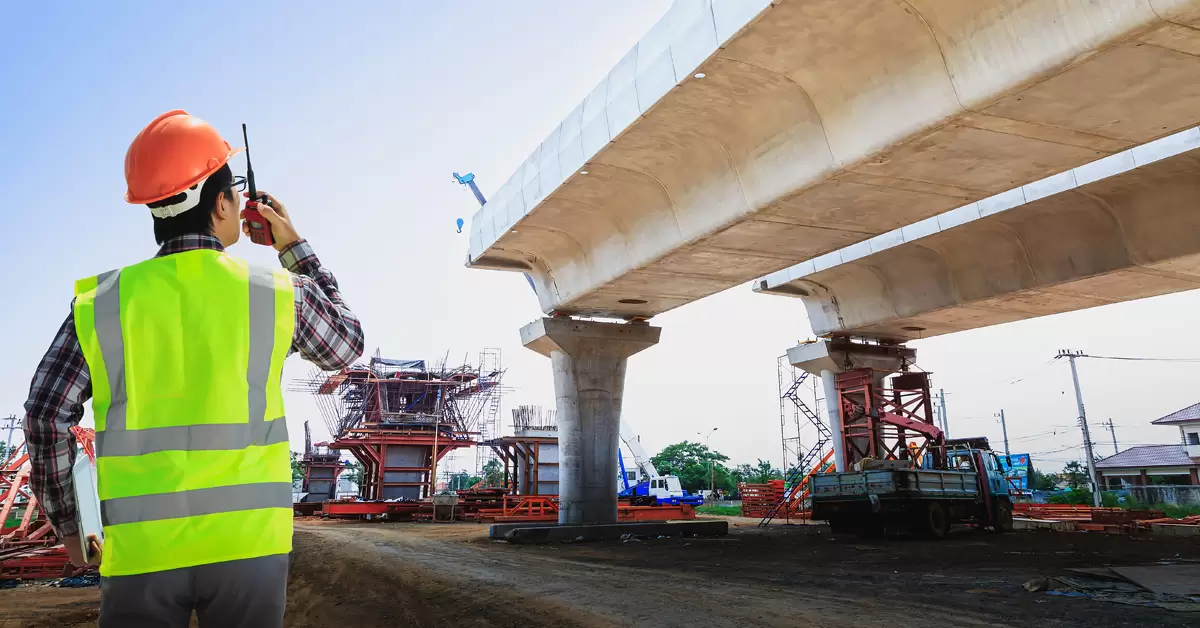
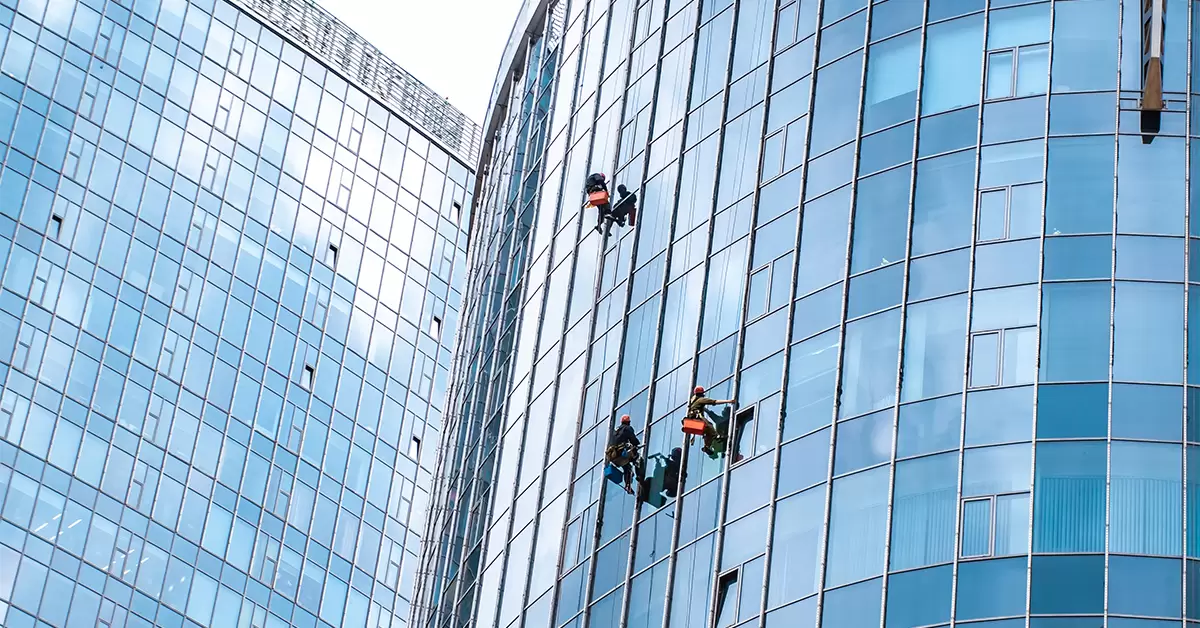
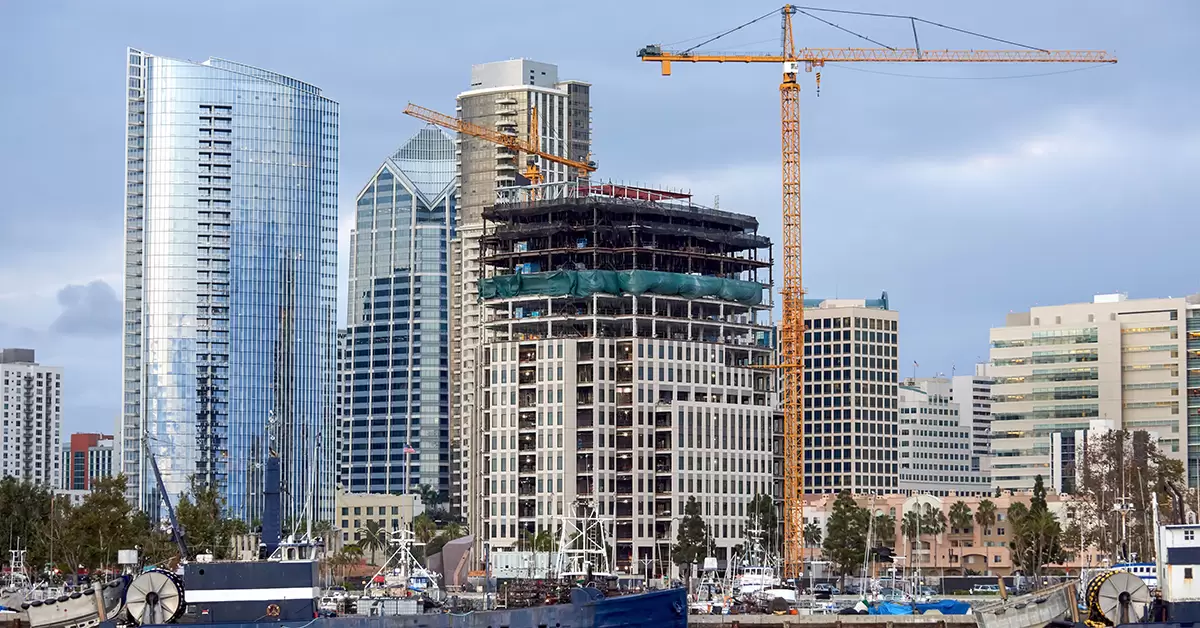
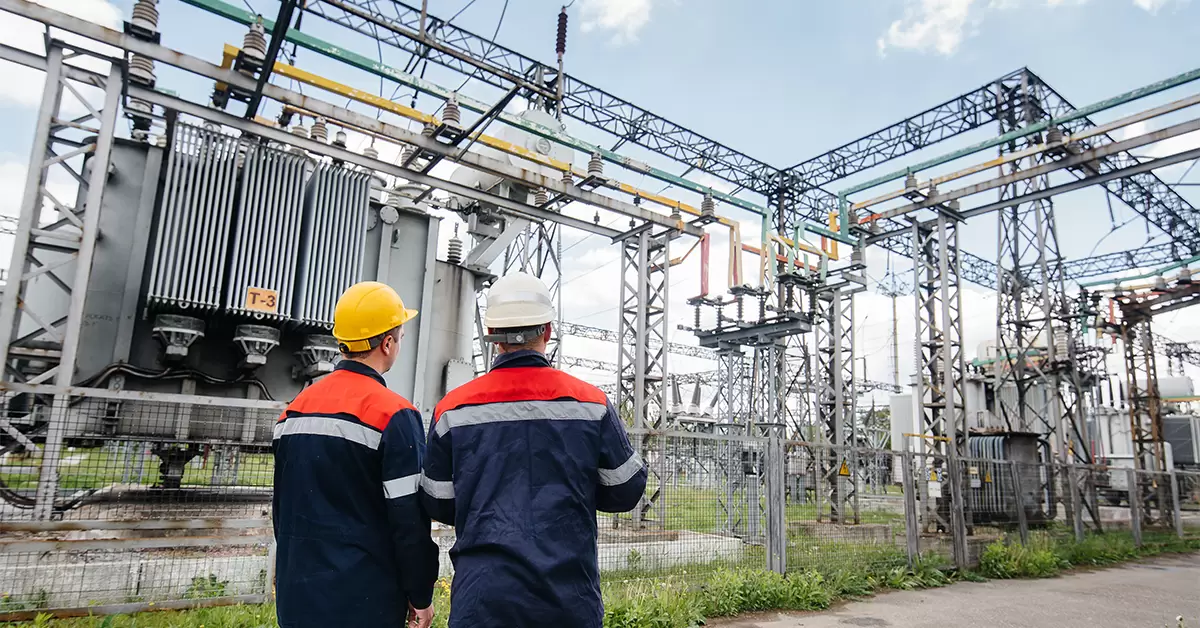
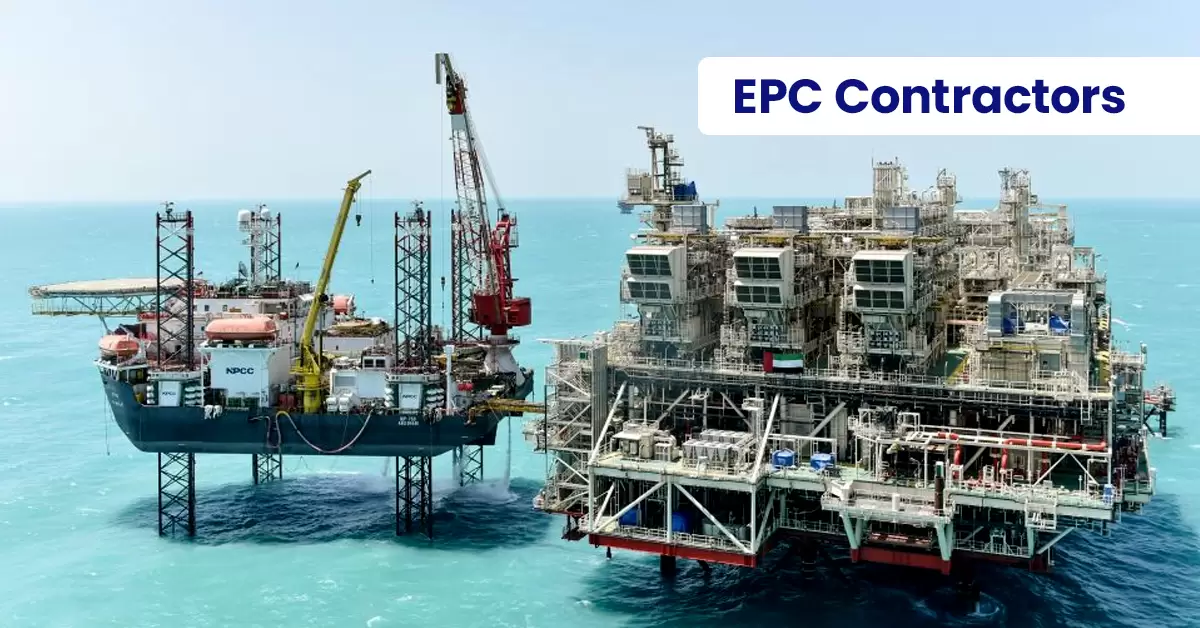
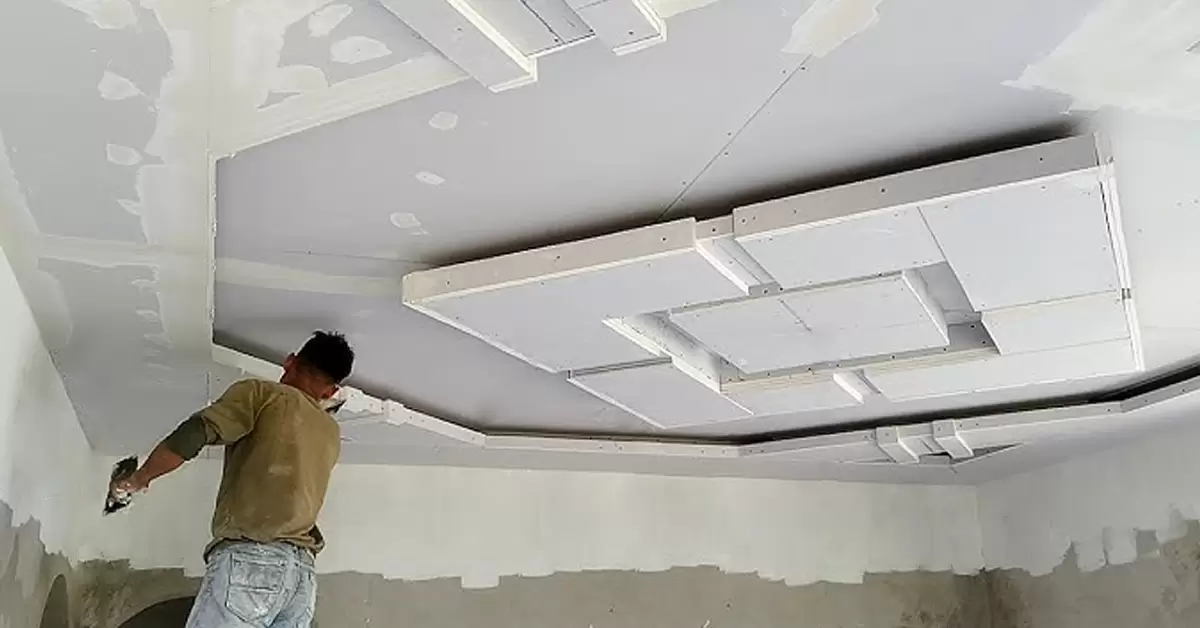


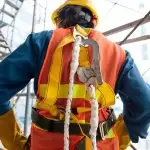



















Post A Comment